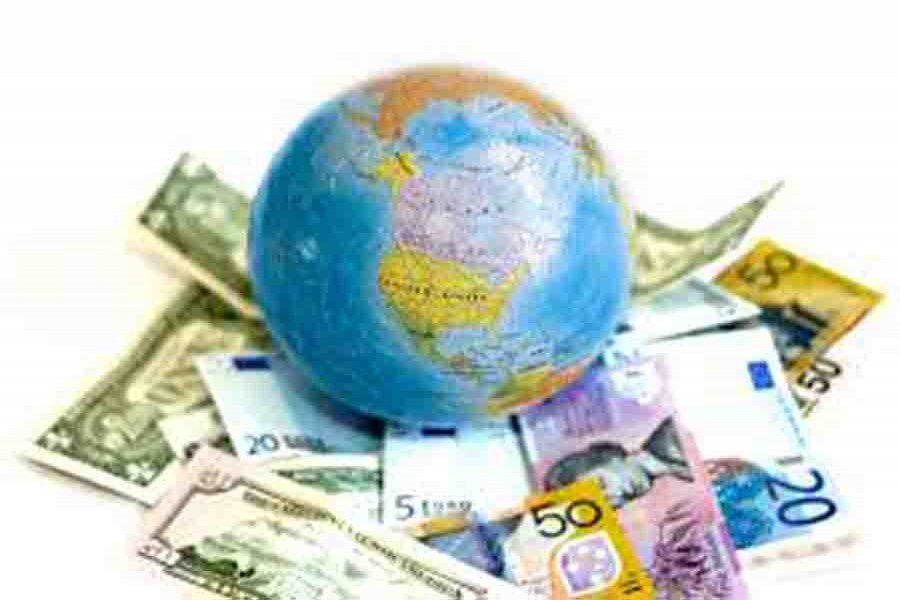Global central bankers are navigating a new set of threats as they decide how aggressively to act in closing out an era of exceptionally easy money, reports WSJ
Uncertainties include the prospect of disruptions to economic activity from tariffs imposed by the US on China, Europe, Canada and others, and counter-tariffs imposed by those nations on the US Emerging markets also look vulnerable if capital flight spreads beyond a handful of countries grappling with currency crises.
Then there is the potential for discord between the Federal Reserve and President Trump, who has criticized the US central bank in recent weeks for raising interest rates.
Fed Chairman Jerome Powell headlines a long list of central bankers gathering in the Grand Tetons this week for the Fed’s annual mountain retreat.
The formal discussion will be about the impact of monopolies on economic activity, but these other issues are sure to dominate sideline talk over cocktails and mountain hiking.
Despite the uncertainties, the world’s central banks are still managing a relatively bright global economic outlook. For the second straight year, all 45 countries tracked by the Organization for Economic Cooperation and Development are expected to see their economies grow, though just 20 are set to see output accelerate from last year, down from 33 in 2017.
The International Monetary Fund in July projected global economic output will grow 3.9 per cent this year and next.
That would represent the strongest two-year growth run since 2010 and ’11, when economies enjoyed a short-lived rebound from the 2008 financial crisis.
Inflation, meanwhile, has picked up to the modest levels many central bankers target after years of running very low.
“The reality is labor markets across the world have been tightening,” said Raghuram Rajan, who led the Reserve Bank of India from 2013 to 2016. “There are various reasons why we haven’t seen strong wage inflation, but those reasons are becoming weaker as we go further into this expansion.”
Against that backdrop, policy makers have turned to slowly reversing low interest-rate policies that were meant to prevent a downward drift into deflation and recession.
“There is a sense that the global deflation risks have diminished,” said Adam Posen, president of the Peterson Institute for International Economics in Washington. More policy makers “are looking at how the balance of risks has changed from being premature in tightening versus being behind the curve on high asset prices and credit lending booms.”
The US economy, poised for its best annual growth increase in more than a decade, is leading the way. Growth has been turbocharged for now by tax cuts and federal spending increases. The nine-year economic expansion is one year shy of becoming the longest on record. Stock markets this week touched new highs, and the bull market is on the verge of surpassing its longest-running rally.
Inflation has returned to the Fed’s 2% target after falling short for several years, and that should keep the Fed on track to raise rates next month for the third time this year, to a range between 2% and 2.25 per cent. The Fed raised rates three times last year and began to shrink its $4.5 trillion bond portfolio.
Fed officials are looking past Mr. Trump’s critiques, and the markets so far seem convinced it is on the right path.
“Powell and the people he has there are going to stay on the course of what they independently assess is the appropriate path,” said Michael Feroli, chief U.S. economist at JPMorgan Chase.
Several developed economies are following Washington’s lead, though for differing reasons. Some that largely avoided housing and banking crises a decade ago now see potential excesses from exuberant property values. Others have tighter labor markets and steady inflation


